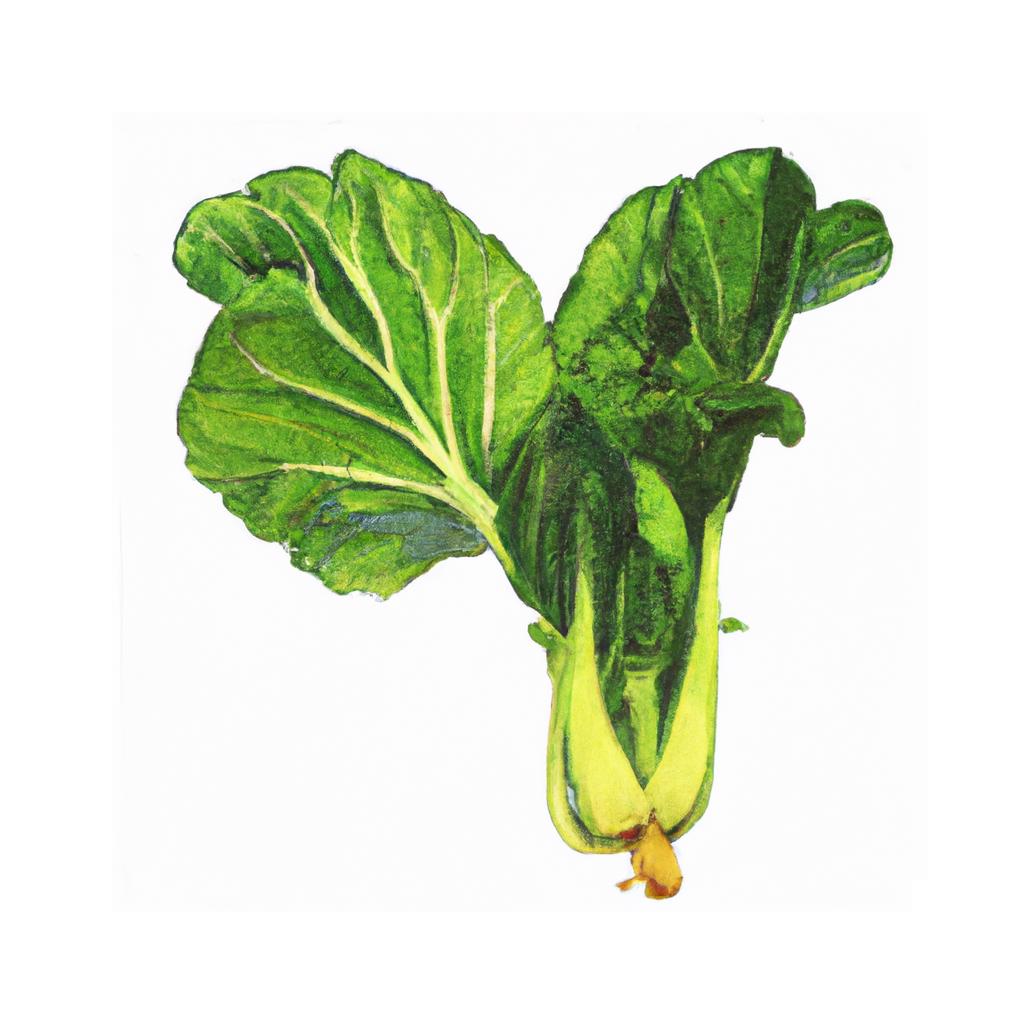
Mustard greens, scientifically known as Brassica juncea, are leafy vegetables that are part of the Brassicaceae family, which also includes kale, cabbage, and broccoli. They are a versatile vegetable that can be found in many different cuisines around the world, with their origins tracing back thousands of years to the Himalayan region of India.
These greens have a distinct taste profile - being peppery, sharp, and slightly bitter. The leaves are typically dark green with frilly or smoother edges and can vary in size. Mustard greens are rich in essential nutrients, including vitamins A, C, and K, as well as minerals like calcium and potassium.
Throughout history, mustard greens have been used for both culinary and medicinal purposes. In traditional Chinese medicine, they are believed to help alleviate certain respiratory conditions, while Ayurvedic medicine uses them to support digestive and liver health.
In cooking, mustard greens can be eaten raw in salads, sautéed with garlic and olive oil, or cooked into soups and stews. They pair well with bacon or ham, other greens such as kale or collard greens, and spicy ingredients like red pepper flakes or ginger. Additionally, the seeds from the mustard plant can be ground into a paste to create the popular condiment known as mustard.
When growing mustard greens in your garden, it is essential to provide them with well-draining soil and plenty of sunlight. They grow best in cooler temperatures, so planting them in the fall or early spring is ideal. Harvest the leaves when they are young and tender to ensure the best taste and nutrient content.
This is advice is most applicable to growers in the UK, you may need to adjust the timings if you live somewhere with a different climate and/or seasons.
| Month | Tasks | Advice |
|---|---|---|
| January | - | - |
| February | Start seeds indoors, | Start mustard greens seeds indoors in early February to ensure strong seedlings. |
| March | Plant seedlings outdoors, Sow seeds outdoors, | Transplant mustard greens seedlings outdoors and sow seeds directly into the soil in March. |
| April | Thin out seedlings, | Thin out any crowded mustard greens seedlings to encourage healthy growth. |
| May | Harvest leaves, | Begin harvesting mustard green leaves in May when they're young and tender. |
| June | - | - |
| July | - | - |
| August | Sow seeds, | Sow mustard greens seeds in late August for a fall harvest. |
| September | Water regularly, Harvest leaves, | Keep the soil consistently moist and continue harvesting mustard green leaves. |
| October | Harvest leaves, Protect plants from frost, | Harvest mustard green leaves regularly to encourage new growth. Protect plants with a light row cover if frost is expected. |
| November | Harvest leaves, | Continue to harvest mustard green leaves until the plants are killed by severe frost. |
| December | - | - |